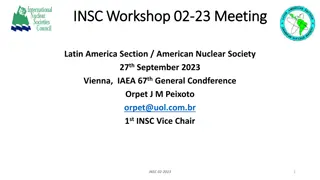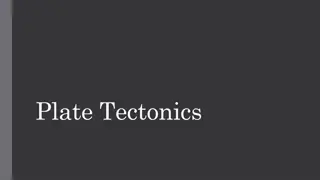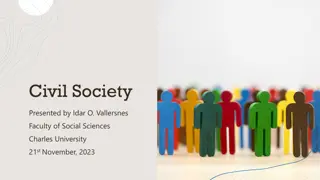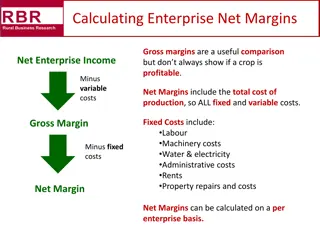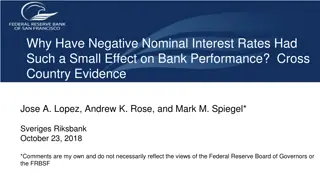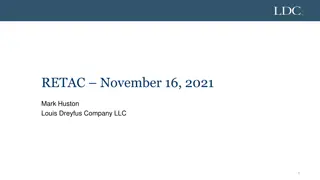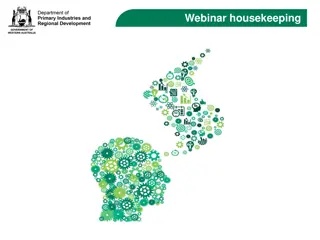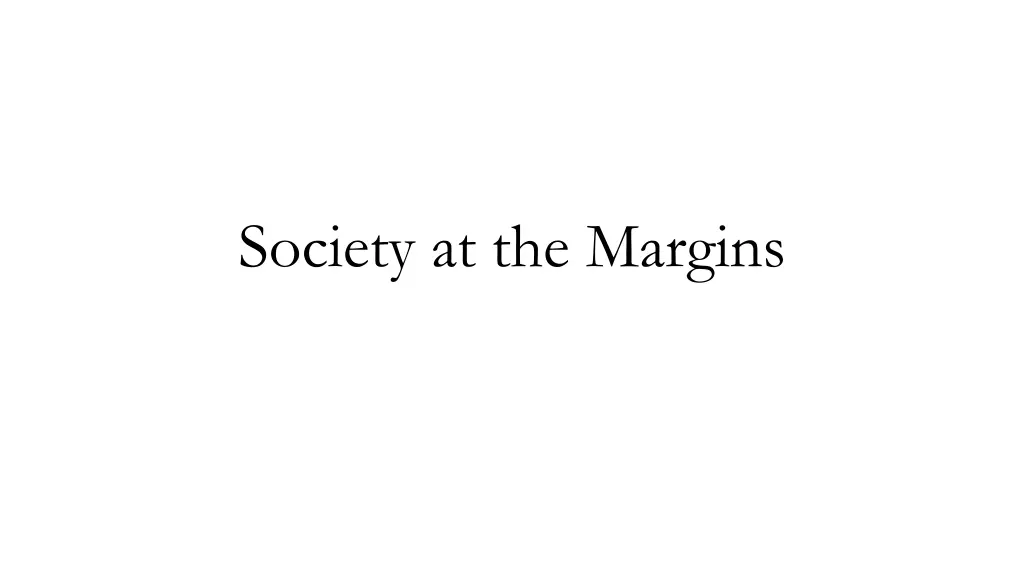
Understanding Marginal Societies in European History
Explore the causes of poverty, systems of poor relief, and the treatment of religious minorities in European history. Learn about the deserving and undeserving poor, the religious marginalization of Jews and Muslims, and the unique roles they played in society. Discover the complex dynamics of society at the margins, from illness and famine to persecution and trade networks.
Download Presentation

Please find below an Image/Link to download the presentation.
The content on the website is provided AS IS for your information and personal use only. It may not be sold, licensed, or shared on other websites without obtaining consent from the author. If you encounter any issues during the download, it is possible that the publisher has removed the file from their server.
You are allowed to download the files provided on this website for personal or commercial use, subject to the condition that they are used lawfully. All files are the property of their respective owners.
The content on the website is provided AS IS for your information and personal use only. It may not be sold, licensed, or shared on other websites without obtaining consent from the author.
E N D
Presentation Transcript
The causes of poverty: Illness Famine Epidemics Warfare Poor economy How many? 2/3 of the population
Poor Relief, The deserving poor: (Christlike) Centralised system/state intervention Decentralised: -Confraternities: outdoor relief. -Pawn shops (Monti di Pieta ): give loans. -Hospitals (shelters, not medical care)
The Undeserving Poor: (Devil in disguise) gypsies (c.100,000 in Europe), prostitutes, sexual deviants, and vagrants/idle/criminals.
Religious Marginal: Jews and Muslims A deformed image received as true. Infidels, not heretics. Outsiders. Islam and Judaism: perceived threat to Christianity and European Identity. Islam: post-Christian, competing form of monotheism. Judaism: pre-Christian, conversion or exile. Persecution, reception and stereotype, a result of a climate of anxiety. The frontier was porous, mutual influence and conflict.
Judaism: a stateless religion, business and financial role. Jewish persecution in Europe since the 13thc., assimilation only in the 18thc. Exiled or converted (conversos or marranos/swine) Muslims: the foe of Christendom . Persecution since the 13thc. 1614: expulsion from Spain -320,000 religious refugees, largest group in early modern history. They will forever mourn their lost land of Al-Andalus. Conversion: moriscos.
Jews and Muslims in Livorno Muslim Bagni: communities with rowers and their own leaders. Jewish community: Livorno hosted 1/3 of the Western Sephardim (Spanish)diaspora. Jewish commercial networks contributed to the exchange of Mediterranean and Asian goods
Jews and Muslims in Venice Good fences make good neighbours Muslim: 1621, Fondaco dei Turchi. Walled compound. Pre-1621, Inn called The Angel (too small). Venice cherished trade with the Ottomans. Jews: 1516 ghetto, in the city, but not part of it. 1555: Ghetto in Rome, Pope Paul IV. Jews controlled trade with the Balkans and the Levant, lent money
Concluding thoughts Deserving and undeserving poor. Poverty and crime/idleness. Stereotypes and fear. -How 'marginal' were marginal groups? -What impact did the Renaissance, the Reformations and the Enlightenment have on the treatment of and attitudes towards marginal groups?




